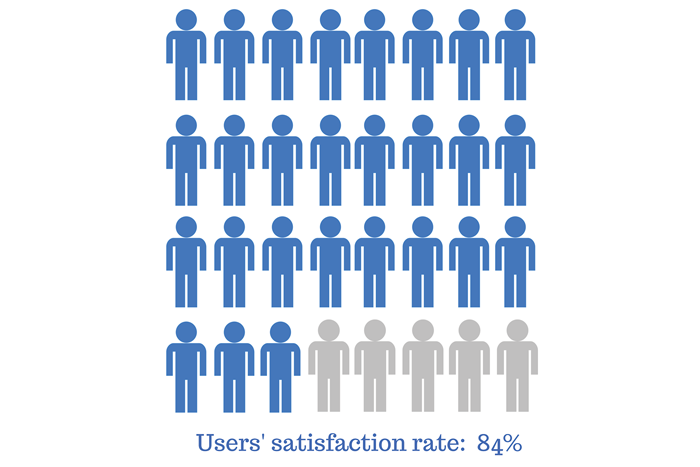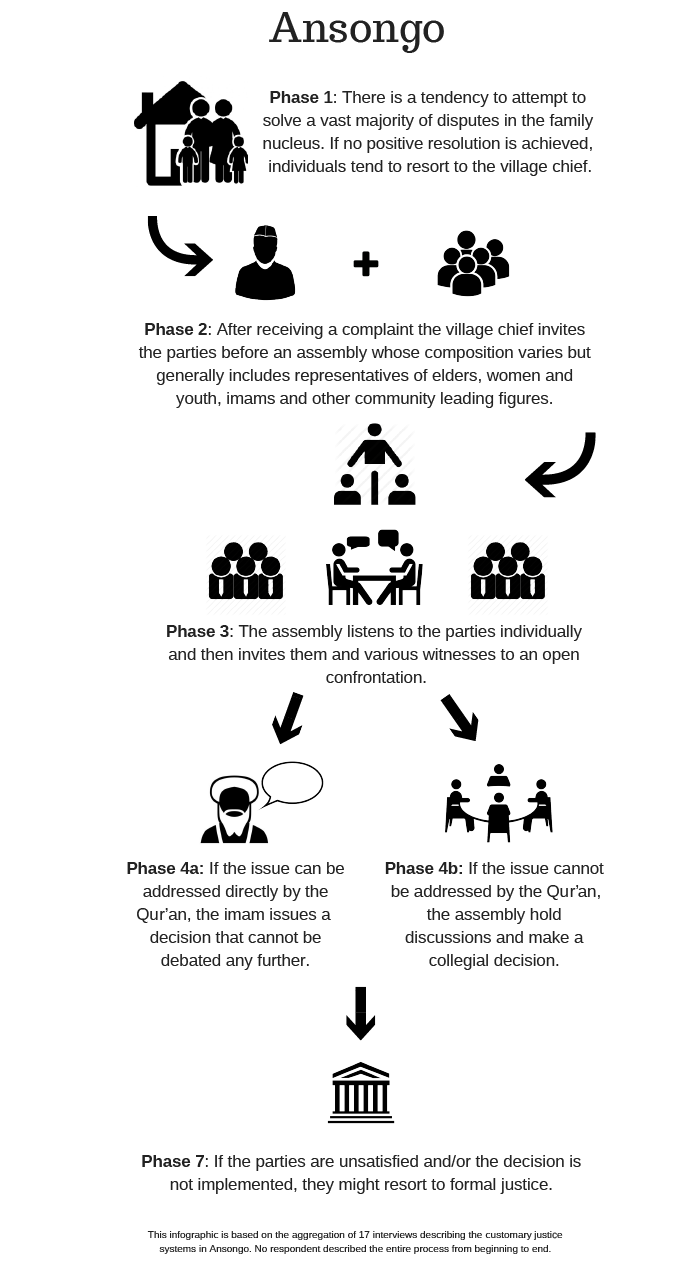The majority of respondents throughout the three regions who touched on the issue of corruption viewed the formal justice system as being more corrupt than its customary justice counterparts. This sentiment was expressed with statements such as ‘the lawyers get paid to convert the truth into lies. Lawyers only like lies.’ And though many also viewed customary systems as corrupt, the majority also believed that those systems were more likely to be able to return to their roots and provide ‘pure justice’ than that the formal system would become truly just. Further, only three people told of instances where they or a disputant against them had intentionally bypassed customary justice leaders to find a fairer outcome in the formal justice system (see figure 9).

In Mopti, one interviewee asserted that because people do not understand the way the formal system works, ‘corrupt officials find the solution of their salvation at this level.’ Some intermediaries between the customary systems and formal system also provoke conflicts to generate a fee, which they also may even informally share with the judge. One customary leader who was asked whether he would ever work with the formal justice system replied, ‘sincerely not … because we saw nothing that is certainly clean,’ and ‘when we say God they say money.’ Some also said that the traditional chieftainship should be valued more because the mayor or the prefect can be unfair.
In Niafunké, a respondent argued that within ‘[formal] justice, there is no justice’ and the one who pays more money is the one who receives a judgement in their favour. Another respondent, however, bemoaned that ‘traditional justice people are no longer correct, there is too much influence, there is often too much interpretation.’ Yet another believed that ‘there is no justice, either customary justice or modern justice. To be right you have to pay something … Here there is cannibalism.’ In this location in particular, some cases have lasted in the formal justice system for 10 to 20 years and have spanned six or seven judges; the customary chiefs also do not have any incentive to resolve the problem because they may take a share of the formal judges’ per diems. One interviewee explained that though customary justice does not need to be suppressed, ‘the actors in this customary justice must work as they should. When you are chosen as a village chief you must be right between your populations, you must give with honesty.’ Another said that the ‘old people’ are also influenced by money, and that the only weakness of the customary justice systems is ‘money and complacency, nothing but that.’
In Gao, an interviewee complained that ‘customary leaders of other times were chosen by a hereditary system, but now they can even be chosen by white corruption and there is no respect.’ In Ansongo, one interviewee was not happy that he had to go to modern justice because he was unsatisfied with a decision made by a customary leader, and that ‘if the truth is not said’ he would go to the formal system (see figure 10). Another, however, said that customary justice systems were superior to the formal system, which ‘only tells the truth of the rich.’

